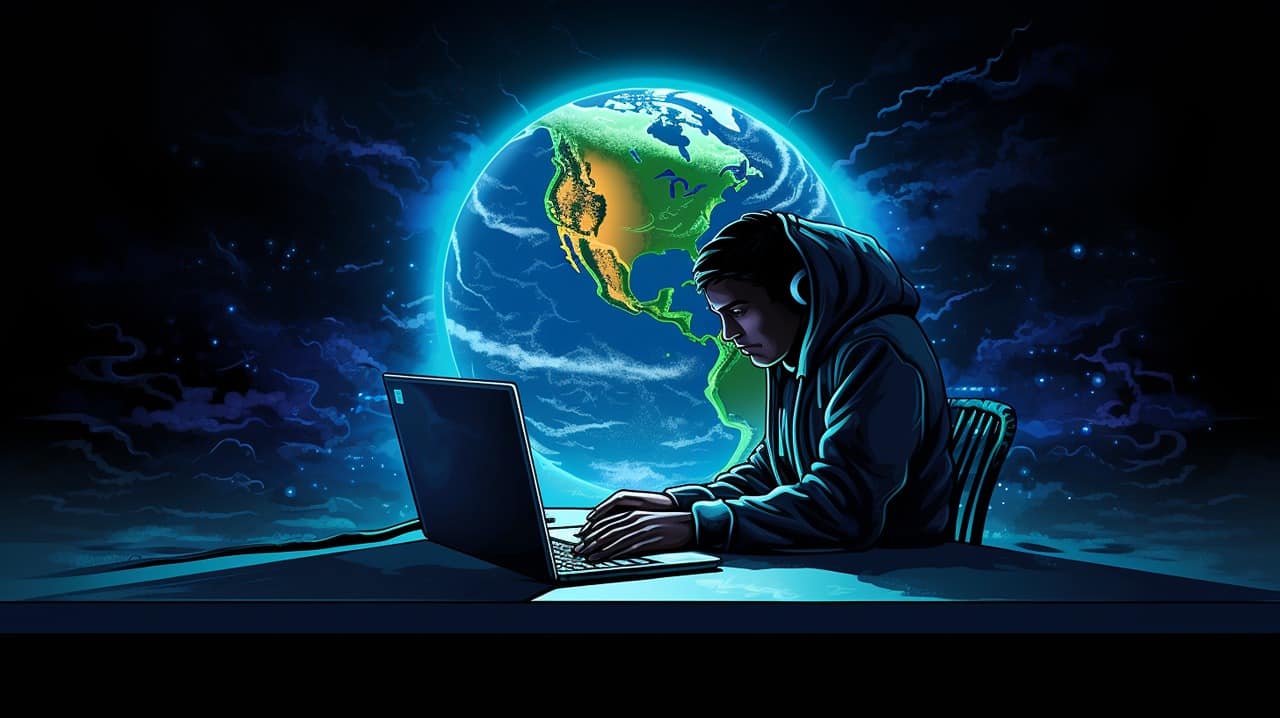In an age where digital and environmental revolutions intersect, the role of software development companies, such as for example CrustLab, in fostering sustainability is gaining paramount importance. While it’s easy to envision software as intangible lines of code with no direct connection to the environment, the reality is different. Software, when designed thoughtfully, can play a critical role in creating a greener, more sustainable future for our planet.
Energy-Efficient Algorithms
Every piece of software runs on some form of hardware, be it servers, smartphones, or IoT devices. The more efficiently this software runs, the less energy these devices consume. This is where energy-efficient algorithms come into play.
Developers around the world are focusing on creating algorithms that process data faster, require fewer resources, and ultimately reduce the carbon footprint of data centers. Google’s DeepMind, for instance, used machine learning to reduce the energy used for cooling its data centers by 40%.
Sustainable Web Design

The design and operation of websites and web apps have environmental implications. Sustainable web design is an approach that optimizes the online user experience without draining device batteries or overloading servers. It involves streamlining content, optimizing images, using clean code, and choosing green hosting solutions. The result? A smoother digital experience and a happier planet.
Smart Grids and Renewable Energy
Software development is at the core of modern smart grids, which optimize the distribution of energy across cities and even entire countries. By predicting demand spikes, redistributing energy efficiently, and integrating renewable sources, software solutions help reduce wasted electricity and promote the use of green energy.
Digital Solutions for Waste Management
The growing global waste crisis needs digital intervention. Software applications that track waste, optimize recycling processes, and even guide consumers on sustainable purchases are emerging as champions in waste reduction. Platforms that connect consumers with local farmers, for instance, help reduce the food miles and associated carbon emissions.
Virtual Reality (VR) and Remote Work
The last year has seen an unprecedented surge in remote work. Software platforms that support video conferencing, online collaboration, and even virtual reality meetings reduce the need for physical travel, cutting down on transportation emissions. VR, in particular, holds promise not just for corporate meetings but also for virtual tourism, offering immersive experiences without the environmental toll of international travel.
Public Awareness and Education
Many software development companies like CrustLab are developing apps and platforms designed to educate the public about environmental issues. From tracking personal carbon footprints to offering daily sustainability challenges, these platforms engage users and encourage eco-friendly behavior.
Conclusion
While the digital world might seem distant from the tangible earth beneath our feet, they are intricately connected. Software development, often perceived solely as a driver of digital transformation, holds the keys to many environmental solutions. By intertwining code with conservation and algorithms with awareness, the tech community is paving the way for a greener future. As consumers, embracing these sustainable software solutions is one more step we can take toward a better tomorrow.
